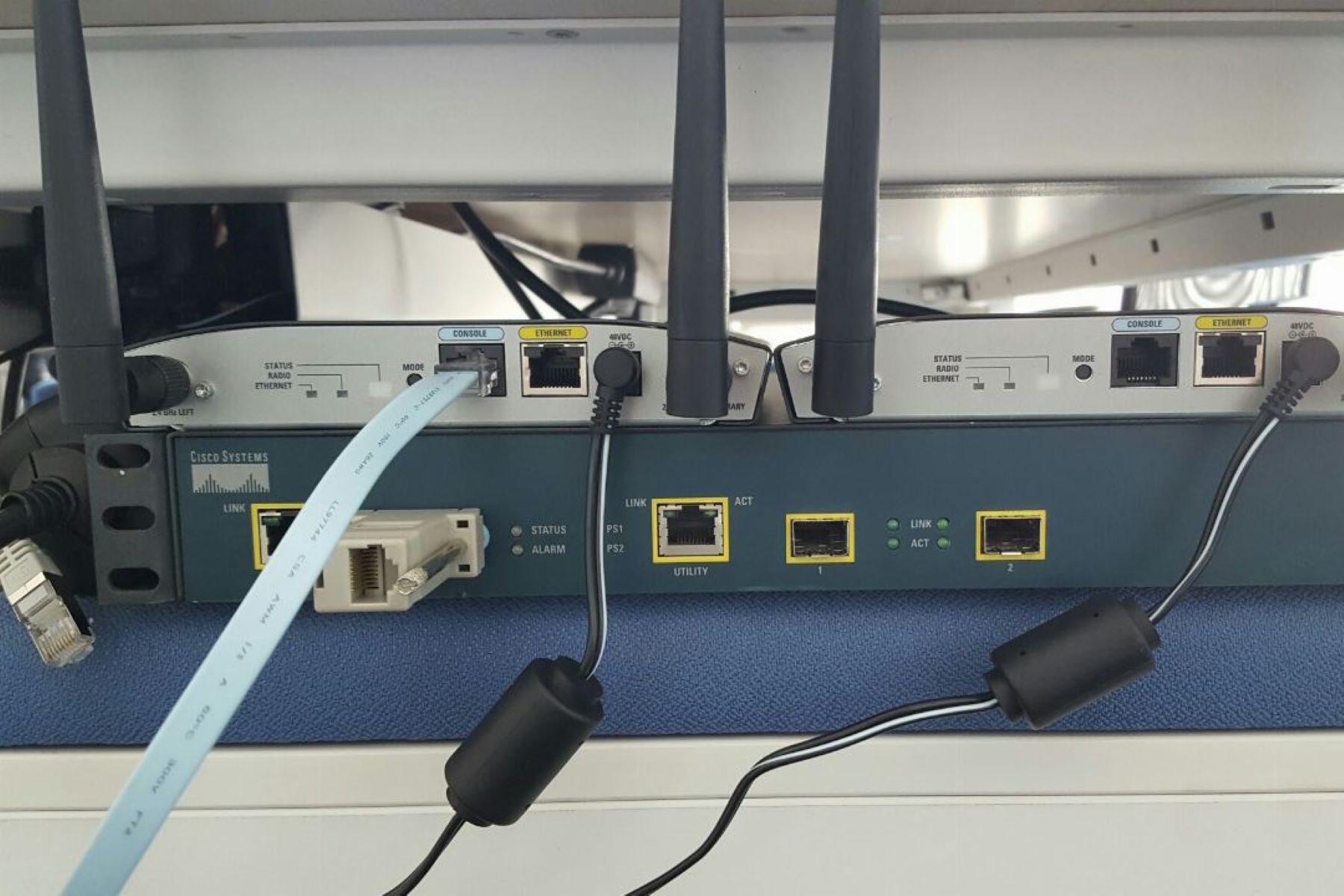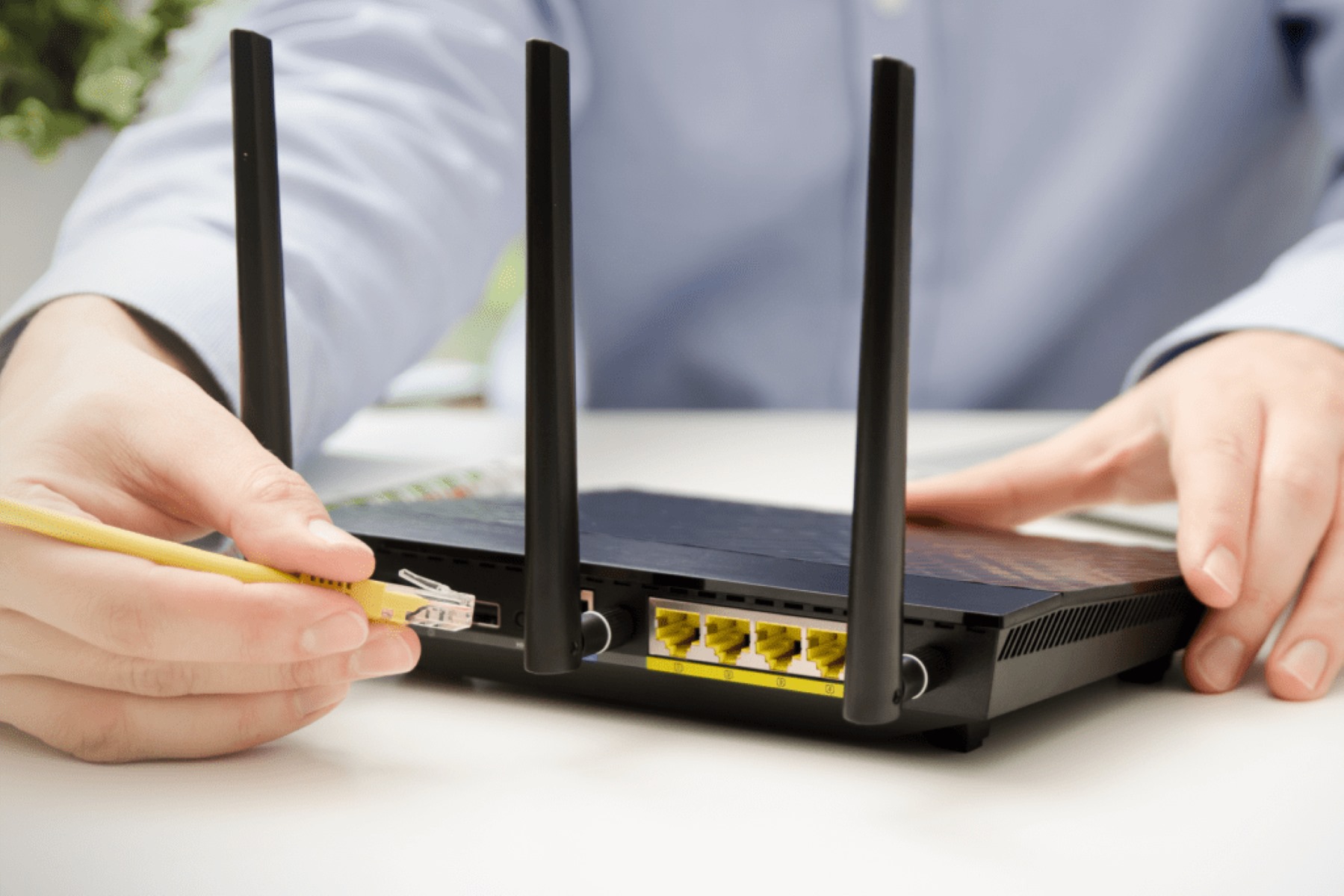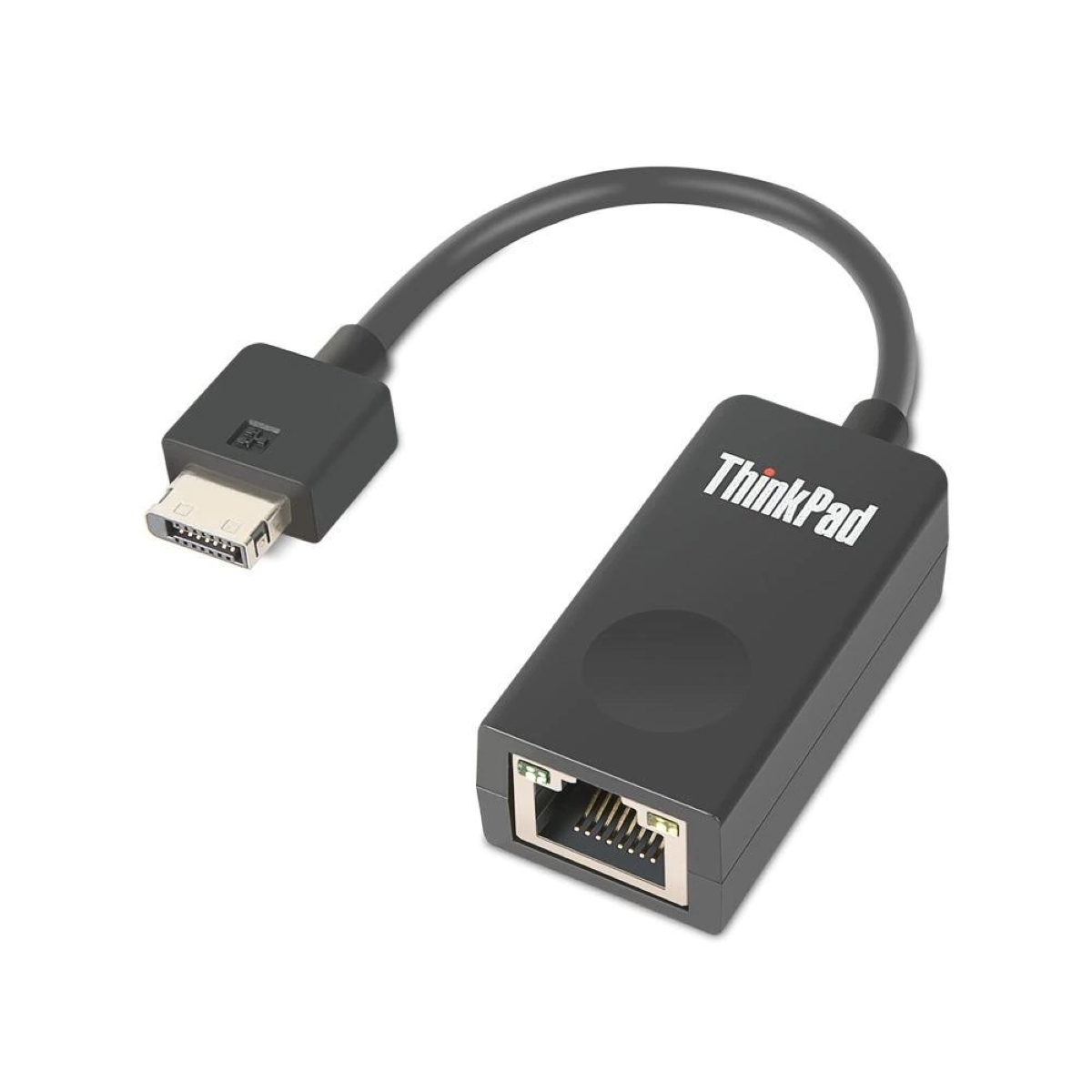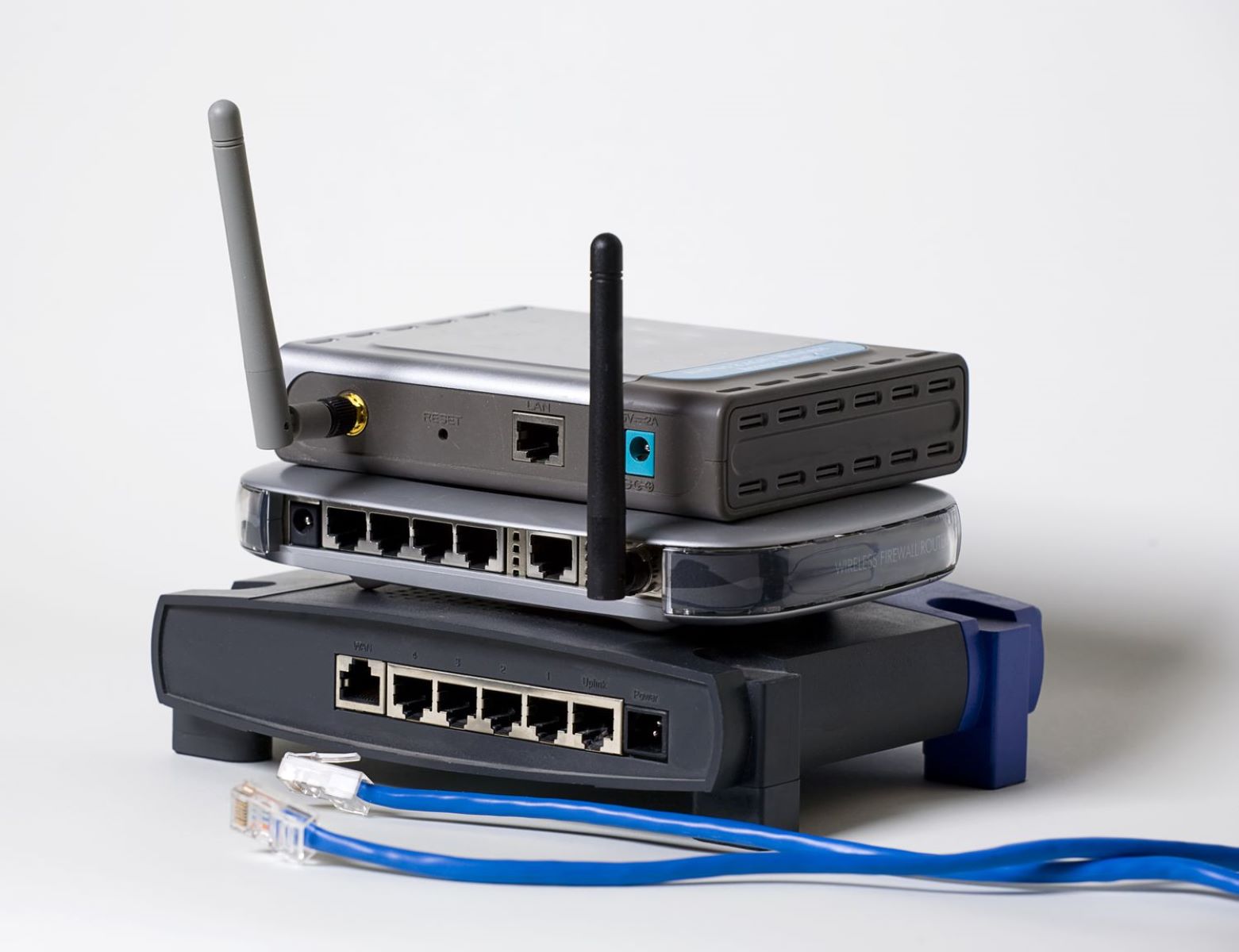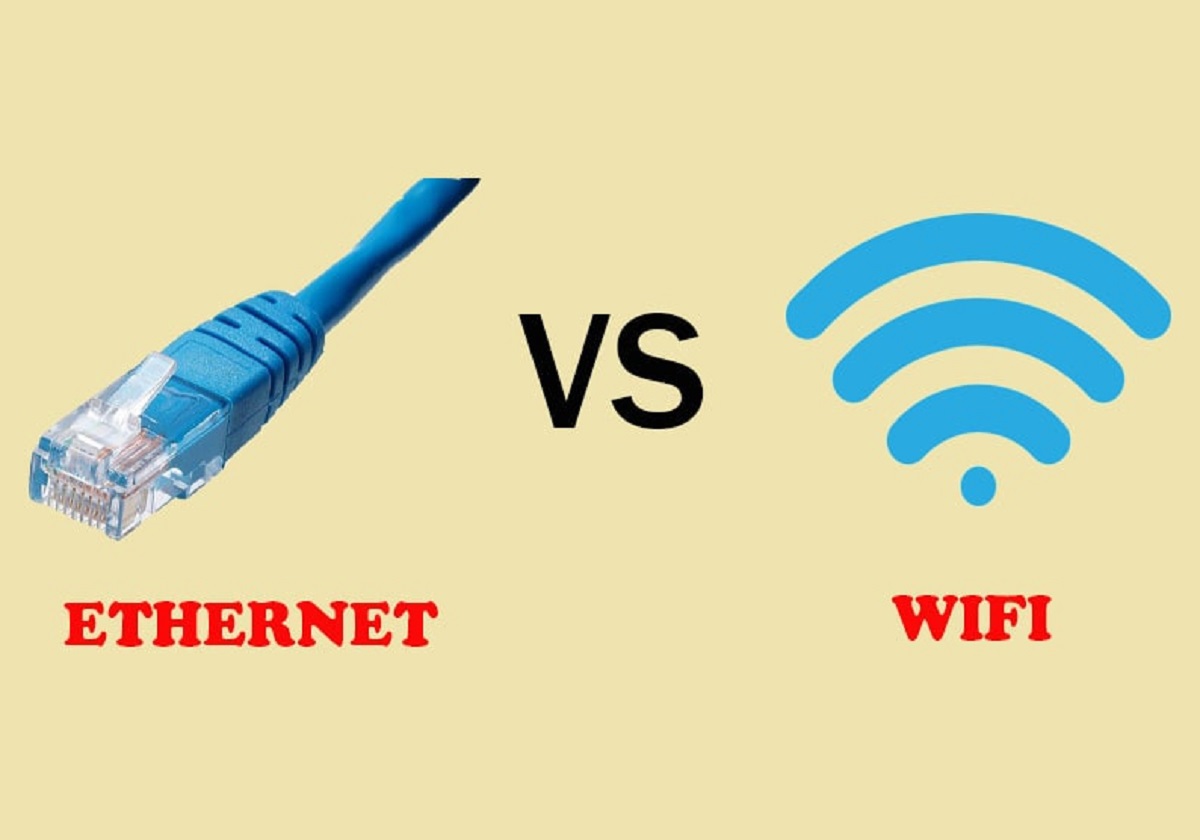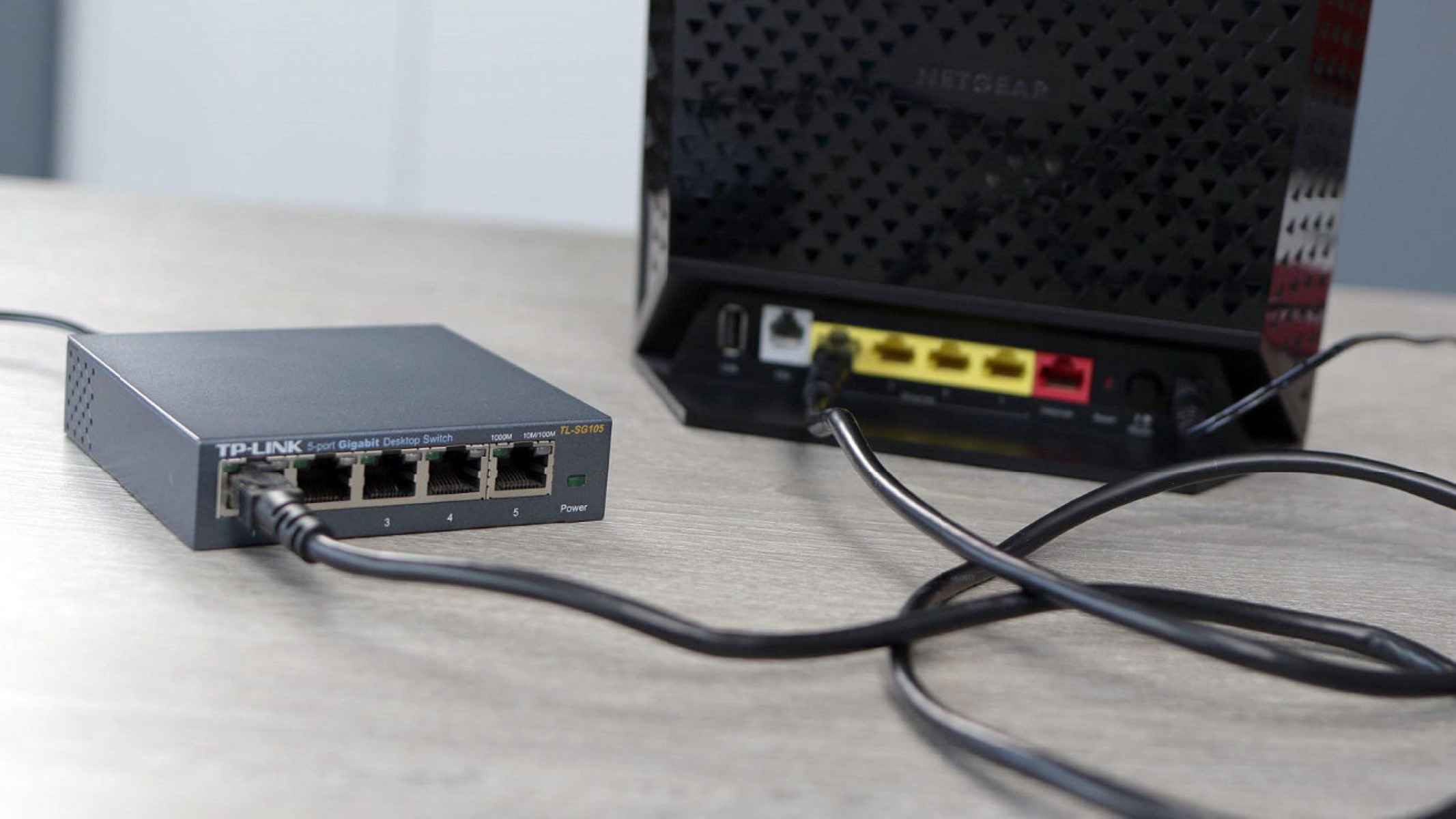Introduction
Welcome to the world of wireless Ethernet networks, where a plethora of standards have been developed to ensure smooth and efficient wireless connectivity. These standards play a crucial role in establishing interoperability between devices and ensuring reliable data transmission. However, not all wireless Ethernet networks adhere to these standards.
In this article, we will explore the various IEEE standards for wireless Ethernet networks and delve into the concept of non-standard networks. We will discuss how to identify these networks and why they may not adhere to the established standards. So, whether you are a tech enthusiast or a professional in the field, let’s dive into the fascinating world of wireless Ethernet networks.
IEEE Standards for Wireless Ethernet Networks
When it comes to wireless Ethernet networks, the Institute of Electrical and Electronics Engineers (IEEE) has developed a set of standards known as the 802.11 standards. These standards define the specifications for wireless local area networks (WLANs) and enable devices to communicate and share data over the airwaves.
The 802.11 standards encompass different amendments that have been introduced over the years to enhance the capabilities and performance of wireless networks. The most commonly known standards include 802.11a, 802.11b, 802.11g, 802.11n, 802.11ac, and the latest standard 802.11ax (Wi-Fi 6). Each of these standards operates on different frequencies, supports different data transfer rates, and incorporates various technological advancements.
IEEE Standards for Wireless Ethernet Networks
When it comes to wireless Ethernet networks, the Institute of Electrical and Electronics Engineers (IEEE) has played a pivotal role in developing and standardizing the technology. These standards, commonly referred to as the 802.11 standards, define the specifications and protocols for wireless local area networks (WLANs) and ensure compatibility and interoperability between devices.
The 802.11 standards encompass a series of amendments and iterations that have been introduced over the years to improve the performance and capabilities of wireless networks. Each standard operates on different frequencies, supports varying data transfer rates, and incorporates unique technological advancements.
Let’s take a closer look at some of the well-known 802.11 standards:
- 802.11a: Introduced in 1999, this standard operates on the 5 GHz frequency and offers higher data transfer rates compared to its predecessors. It utilizes orthogonal frequency-division multiplexing (OFDM) technology and provides support for up to 54 Mbps.
- 802.11b: Released in 1999, 802.11b operates on the 2.4 GHz frequency and supports data transfer rates of up to 11 Mbps. It uses direct-sequence spread spectrum (DSSS) modulation and is compatible with older devices.
- 802.11g: Introduced in 2003, 802.11g builds upon the 802.11b standard by offering both the 2.4 GHz frequency band and data transfer rates of up to 54 Mbps. It utilizes OFDM modulation and provides backward compatibility with 802.11b devices.
- 802.11n: This standard, released in 2009, introduced significant improvements over its predecessors. It operates on both the 2.4 GHz and 5 GHz frequency bands and incorporates multiple-input and multiple-output (MIMO) technology to enhance signal quality and data transfer rates. 802.11n supports speeds of up to 600 Mbps.
- 802.11ac: Introduced in 2013, 802.11ac, also known as Wi-Fi 5, offers enhanced performance in terms of speed and capacity. It operates solely on the 5 GHz band and supports data transfer rates of up to several gigabits per second. 802.11ac utilizes wider channel bandwidths and adds features like beamforming for better signal coverage.
- 802.11ax (Wi-Fi 6): The latest iteration of the 802.11 standard was introduced in 2019. Wi-Fi 6 operates on both the 2.4 GHz and 5 GHz bands and introduces various advancements to improve network efficiency in high-density environments. It offers faster data transfer speeds, improved latency, and better power management.
These IEEE standards have revolutionized the world of wireless connectivity, enabling seamless communication and data sharing across devices. Whether you are using a smartphone, laptop, or IoT device, these standards ensure that your devices can connect and communicate with each other effortlessly.
Now that we have explored the IEEE standards for wireless Ethernet networks, let’s delve into the concept of non-standard networks and understand why they exist.
11 Standards
The 802.11 standards, developed by the Institute of Electrical and Electronics Engineers (IEEE), are a set of specifications that define the protocols and technologies for wireless local area networks (WLANs). These standards play a crucial role in ensuring interoperability and compatibility among wireless devices, allowing seamless communication and data transfer over the airwaves.
Let’s explore some of the key 802.11 standards:
- 802.11a: This standard, introduced in 1999, operates on the 5 GHz frequency band and utilizes orthogonal frequency-division multiplexing (OFDM) modulation. With a maximum data transfer rate of 54 Mbps, 802.11a provides faster and more reliable connections compared to its predecessors. However, its shorter range and higher cost limited its adoption in certain environments.
- 802.11b: Released in the same year as 802.11a, 802.11b operates on the 2.4 GHz frequency band and uses direct-sequence spread spectrum (DSSS) modulation. It offers a maximum data transfer rate of 11 Mbps, making it compatible with a wider range of devices. The lower frequency range allows for better penetration through obstacles, but it may experience interference from other devices operating on the same frequency.
- 802.11g: Introduced in 2003, 802.11g combined the best features of 802.11a and 802.11b. It operates on the 2.4 GHz band and provides a maximum data transfer rate of 54 Mbps, like 802.11a. Backward compatibility with 802.11b devices made 802.11g a popular choice, as it allowed for seamless upgrades without replacing existing hardware.
- 802.11n: This standard, released in 2009, marked a significant leap in wireless technology. 802.11n operates on both the 2.4 GHz and 5 GHz bands and incorporates multiple-input and multiple-output (MIMO) technology. This enables higher data transfer rates, improved signal quality, and better range. With data transfer rates of up to 600 Mbps, 802.11n provided a substantial performance boost for wireless networks.
- 802.11ac: Also known as Wi-Fi 5, 802.11ac was introduced in 2013 and operates exclusively on the 5 GHz band. With wider channel bandwidths and advanced techniques like beamforming, it delivers faster connections and increased capacity. 802.11ac supports data transfer rates of several gigabits per second, making it ideal for high-bandwidth applications such as streaming and gaming.
- 802.11ax (Wi-Fi 6): The latest addition to the 802.11 series, 802.11ax, or Wi-Fi 6, was released in 2019. This standard brings several advancements to address the challenges of dense wireless environments. It operates on both the 2.4 GHz and 5 GHz bands, employs orthogonal frequency division multiple access (OFDMA), supports higher data transfer rates, and improves energy efficiency. Wi-Fi 6 provides a better overall user experience in crowded areas where multiple devices are connected simultaneously.
Each of these 802.11 standards has played a crucial role in shaping the evolution of wireless networking. They have improved data transfer speeds, increased network capacity, and enhanced the overall reliability of wireless connections. As technology continues to advance, we can expect further developments and new additions to the 802.11 family of standards.
Now that we have explored the 802.11 standards, let’s move on to the concept of non-standard wireless Ethernet networks.
Non-Standard Wireless Ethernet Networks
While the IEEE 802.11 standards have established a framework for wireless Ethernet networks, it is important to recognize that not all wireless networks adhere to these standards. Non-standard wireless Ethernet networks may arise due to various reasons, including proprietary technology, experimental implementations, or outdated equipment.
Non-standard wireless networks are those that do not conform to the defined specifications and protocols set by the IEEE. These networks may have different modulation techniques, frequency bands, or data transfer rates compared to the 802.11 standards. They often operate independently and may not be compatible with devices that adhere to the standard protocols.
One common example of non-standard wireless networks is proprietary networks developed by specific companies. These networks utilize their own protocols and technologies, which may offer certain advantages or unique features for their intended applications. However, the drawback is that devices not specifically designed for these networks may not be able to connect or communicate with them.
Experimental or research-based wireless networks are another category of non-standard networks. These networks are often implemented to test out new technologies, protocols, or concepts in real-world scenarios. They may deviate from the established standards to explore innovative approaches to wireless communication. While these networks can provide valuable insights and contribute to future advancements, they typically have limited deployment and may not be suitable for widespread usage.
Additionally, non-standard wireless networks can also emerge from using outdated or legacy equipment. Older devices or infrastructure that do not comply with the latest IEEE standards may still be in operation, creating networks that operate differently from current standards. These networks may have limited capabilities, lower data transfer rates, and reduced security features compared to modern standards-compliant networks.
It is worth noting that non-standard wireless networks may pose certain challenges. Devices that are designed to work with specific standards may experience compatibility issues when trying to connect to non-standard networks. Interoperability and seamless communication between devices can be compromised, leading to limited functionality or data transmission problems.
However, non-standard networks can serve specific niche applications or provide alternative connectivity options in certain scenarios. It is important to understand the limitations and compatibility considerations when dealing with these networks.
Now that we have explored non-standard wireless Ethernet networks, let’s move on to understanding how to identify and differentiate between standard and non-standard networks.
Identifying Non-Standard Networks
Identifying non-standard wireless Ethernet networks can be essential for troubleshooting connectivity issues, ensuring compatibility with devices, and maintaining network security. While it may not always be evident at first glance, there are several ways to identify and differentiate between standard and non-standard networks.
Here are some methods to help identify non-standard networks:
- Scan for available networks: Use a device, such as a smartphone or laptop, to scan for nearby wireless networks. Look for network names (also known as SSIDs) that appear unfamiliar or don’t match the naming convention of standard networks. Non-standard networks may have unique or proprietary names that suggest their non-compliance with IEEE 802.11 standards.
- Check network properties: You can examine the properties of a network by accessing the network settings on your device. Look for details such as the network band (2.4 GHz or 5 GHz) and the encryption protocols being used. Non-standard networks may operate on different frequency bands or use non-standard encryption methods that are not commonly employed in standard networks.
- Research manufacturer information: If you come across a wireless network that appears unfamiliar, do some research on the manufacturer or the company associated with the network. Proprietary networks often belong to specific companies that develop their own wireless technologies. Verifying the authenticity and compliance of the network may require investigating the company’s products and services.
- Consult network administrators or experts: If you are working in an organizational setting or dealing with complex network environments, consult with network administrators or experts who can provide insights into the network infrastructure. They can help determine if non-standard networks exist within the environment and provide guidance on how to handle them.
- Consider device compatibility: If you are trying to connect a device to a wireless network and experiencing connectivity issues, it could indicate the presence of a non-standard network. Ensure that your device is compatible with the standard protocols and frequency bands being used by the network. Incompatibility with non-standard networks could result in connection failures, low signal strength, or limited functionality.
By employing these methods, you can gain a better understanding of the nature of the wireless networks you encounter. This knowledge can help you troubleshoot connection problems, make informed decisions regarding network usage, and ensure optimal device compatibility.
Now that we have explored how to identify non-standard networks, let’s conclude our discussion on wireless Ethernet networks.
Conclusion
Wireless Ethernet networks have revolutionized the way we connect and communicate, enabling seamless data transfer and connectivity across a wide range of devices. The IEEE 802.11 standards have played a pivotal role in defining the protocols and technologies that govern these networks, ensuring interoperability and compatibility among wireless devices.
Through the 802.11 standards, including 802.11a, 802.11b, 802.11g, 802.11n, 802.11ac, and 802.11ax (Wi-Fi 6), wireless networks have evolved and improved over time, offering faster data transfer rates, better range, and increased capacity. These standards have paved the way for the widespread adoption of wireless technology in various sectors, such as healthcare, education, and business.
However, it is important to recognize that not all wireless Ethernet networks adhere to these standards. Non-standard networks may exist for various reasons, including proprietary technology, experimental implementations, or outdated equipment. These networks operate independently and may not be compatible with devices that adhere to the established standards.
Identifying non-standard networks can be crucial for troubleshooting connectivity issues and maintaining compatibility and security. Scanning for available networks, checking network properties, researching manufacturer information, consulting network administrators or experts, and considering device compatibility are effective ways to differentiate between standard and non-standard networks.
Understanding the nature of wireless Ethernet networks, whether they are standard or non-standard, allows us to make informed decisions when it comes to connectivity, device compatibility, and network management. By leveraging the benefits of the IEEE 802.11 standards and being aware of non-standard networks, we can optimize our wireless experiences and embrace the full potential of wireless technology.







